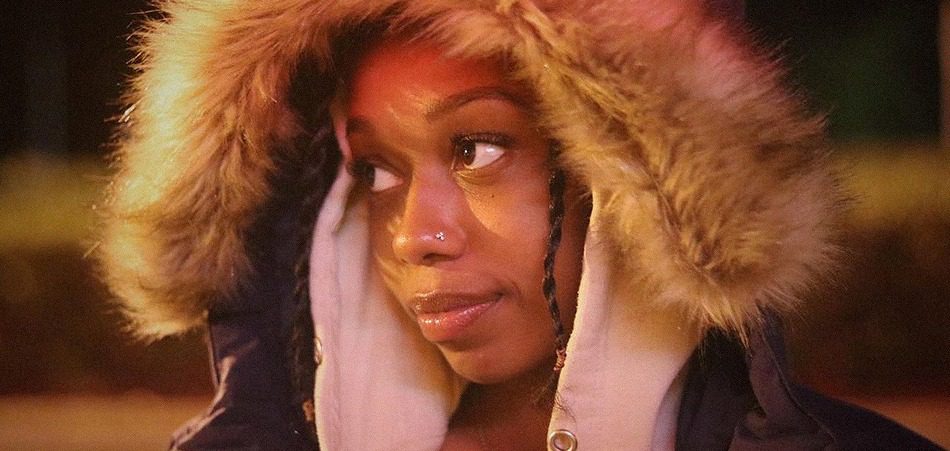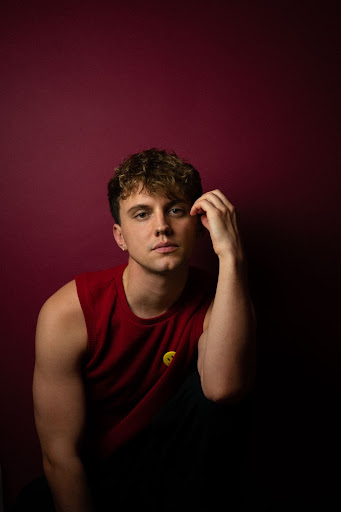They say to always look for the light at the end of the tunnel. Paul van Dyk‘s tenth studio album’s opening track, “Deep Within,” feels overwhelmingly like just that—a glimmering light at the end of a relentlessly dark and alien tunnel. Following a horrific accident in 2016 where he fell off the stage at A State of Trance event, sustaining severe spinal and head injuries, it seems that van Dyk hasn’t stopped trying to find his way out. After undergoing a miraculous recovery, he’s managed to release a book documenting his recovery journey, and even a couple of albums. But none feel as personal or as freeing as Guiding Light, its softly glowing embers finally illuminating the much sought after road that is still up ahead.
“My last three records have been somewhat different in the way they came together,” he confesses to me, choosing his words carefully. “I had that accident and it was a very hard recovery, it was a very hard fight back into life. One thing that’s very different—I’m much more with myself. This is 100% me without any sort of influence from someone who may have said, ‘why don’t you try this, why don’t you try that?’. I do it exactly 100% the way I think it should sound.” The German veteran has never been one to allow other’s opinions to penetrate his creative wall, though. Following his some thirty-year-old career, he has steadily maintained the same classic trance school of thought, where the melodies rarely ever leave their place atop the hierarchy of song elements. As tender piano keys unfurl the curtain behind which his four-year journey is documented, Guiding Light‘s literal meaning takes on a whole new, richly textured hue.
Its title track, featuring the ethereal vocals of Sue McLaren, finds itself nestled quite comfortably within a 138 BPM, sharpened synth production. The nuts and bolts of it—the drum kicks, the hi-hats—fill up the space with uniform efficiency, while the artistic components—the vivid lyrics and melodious chimes—catapult an almost overwhelming emotional release. “It’s a music that challenges you a little bit as a listener or a consumer because you really have to let go and join in on the music and listen to the sounds and go with the flow.” He speaks fondly of his signature classic trance, the genre he helped pioneer back in the early ’90s with the releases of his remix of “Love Stimulation” and hit single, “For An Angel.” Mainly because unlike some of its electronic brethren, it’s one of the few remaining genres that still believe it should be about the journey, not the destination. “Some of these other genres, because they are so effect-driven rather than musical, it’s all about snare rolls and drops, your energy is kind of kicked around audibly. You dance your ass off for five minutes, then you go and come back and it’s the same vibe. Whereas in a real good trance-y electronic set, you would have missed a part of the journey. Trance is the soundscape [that] goes all the way to the horizon. It’s endless. You can dream away, you can lose yourself in the music and have a real substantial experience, while other styles of music bounce back from the walls around you.”
As the healing journey continues, van Dyk’s search for meaning within his soundscape becomes more abstract. While “Guiding Light” was clear with its intentions, the rest of the album feels experimental. He delves into flurrying emotions, from wandering thoughts on “Remedy” to spirited affirmations on “First Contact.” Though there are no more vocal components, his voice can be heard as loudly and as clearly as any chord progression. A deep yearning for life—to feel alive—rises out of tracks like “Awakening,” with dramatized melodies and rumbling percussions refusing to trade in their energy for anything less than encouraging. “I had to learn how to speak, how to walk. I was in a wheelchair for the first five weeks,” he shares of his experience after the accident. “The agenda was survival; to speak again, to keep one thought together. The thing is, I pushed the whole thing of being anyhow engaged in music really far away because I was really worried that when I switched on that machine, that I would have no idea what it is. Luckily, I switched it on and things came back. The very first track I did, was on the album ‘From Then On’, it was called ‘I Am alive,’ because that’s what it felt like. And from there, I found the strength to move on musically and develop other ideas.”
Guiding Light may be van Dyk’s tenth studio album, a milestone in its own right, but it also marks the third in an emotional and deeply personal trilogy of albums. “With the last three albums, all together in itself, it’s like one piece of music, like a trilogy. You know, because it’s an ongoing process to get well and to get better and to overcome whatever obstacles were put in my path. It’s almost like a musical diary through the times and the things that I went through.” While most journeys reach a destination that is farther from where they started, van Dyk’s seems to be making a nostalgic full circle. On the closing track, “Velvet,” he digs deep into his catalog of ’90s trance influences, employing every synth in his arsenal before a surprising acid splash. It feels reassuringly familiar and supportive, a glimpse into a time before streaming numbers and viral marketing campaigns became synonymous with the quality of music. But for van Dyk, this isn’t commentary or even a wistful memory. It’s a celebration of where he’s been, where he is now, and where he still has yet to go.
Connect with Paul van Dyk: Spotify | Instagram | Twitter | Facebook











